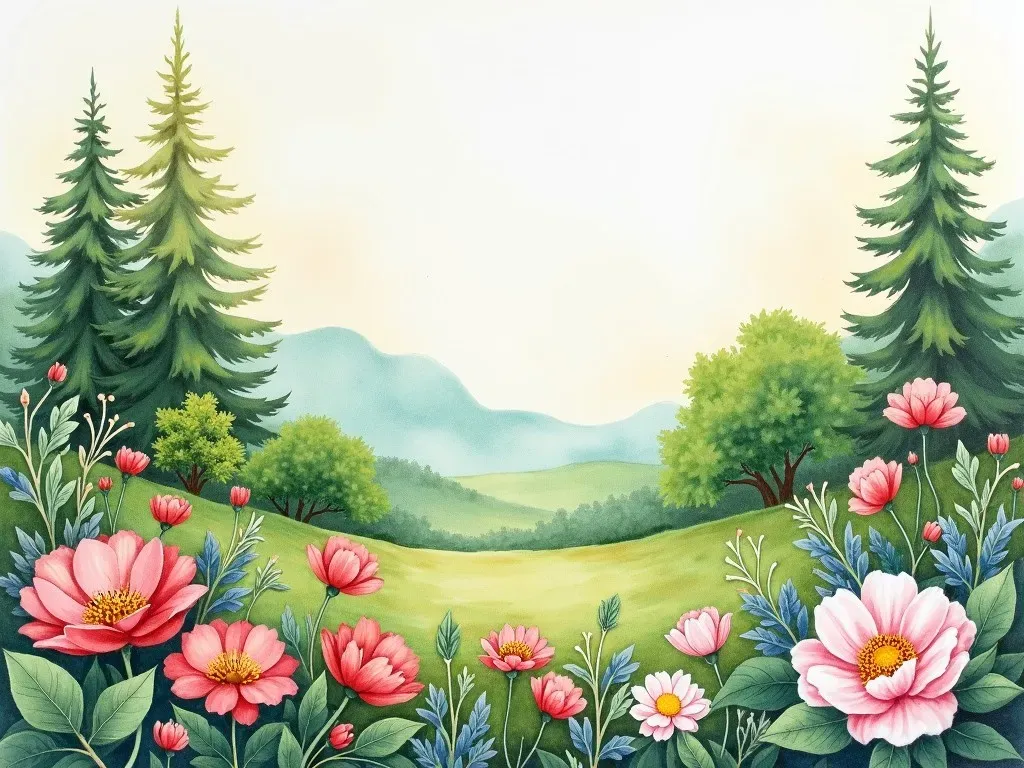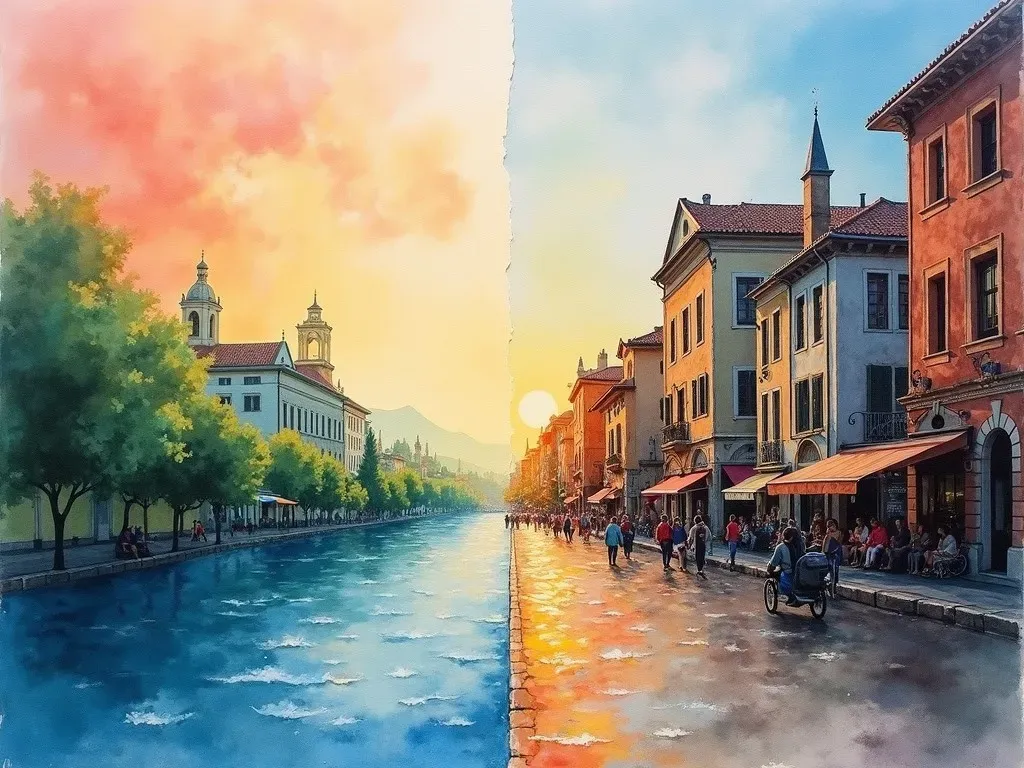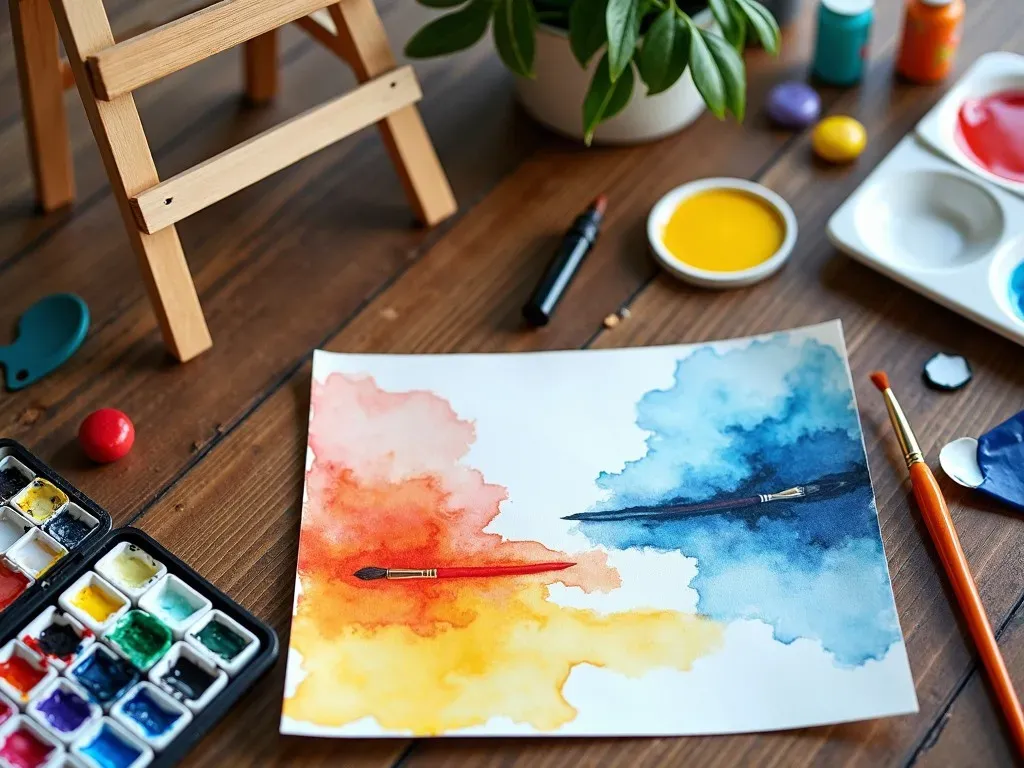Watercolor and oil painting are two of the most celebrated artistic mediums, each offering unique qualities that cater to different preferences and skills. Understanding the nuances of these two styles can help artists determine which medium they may prefer, based largely on the Techniques they want to explore and the aesthetic they wish to achieve.
The Key Differences Between Watercolor and Oil Painting
Painting with watercolors involves using water-soluble pigments, while oil paints consist of pigments suspended in drying oil. This fundamental difference leads to varying techniques, drying times, and visual effects between the two mediums.
-
Drying Time
- Watercolor: Watercolor paint dries relatively quickly, usually within a few minutes to hours, depending on the amount of water used and the thickness of the application.
- Oil Painting: Oil paints dry much slower, taking days to weeks to fully cure. This allows artists to blend colors over extended periods, giving a greater degree of freedom in manipulating the paint.
-
Transparency and Opacity
- Watercolor: Typically characterized by its transparency, watercolor allows light to pass through layers of paint, creating a luminous effect.
- Oil Painting: While oil paints can be both transparent and opaque, they often have a richer, deeper hue that can create more intense colors and textures.
-
Techniques
- Watercolor Techniques: These include wet-on-wet, wet-on-dry, and layering, all designed to take advantage of the medium’s fluidity and transparency.
- oil painting techniques: Artists employ techniques like glazing, impasto, and back-and-forth blending to achieve varied textures and depth.
| Feature | Watercolor | Oil Painting |
|---|---|---|
| Drying Time | Fast (minutes to hours) | Slow (days to weeks) |
| Transparency | Highly transparent | Can be transparent or opaque |
| Techniques | Wet-on-wet, layering | Glazing, impasto |
| Finish | Matte finish | Glossy or matte (depending on varnish used) |
The Cost Factor
While both mediums can be acquired at various price points, watercolor painting tends to be more budget-friendly for beginners.
- Watercolor Supplies: Starter sets can be found for as little as $20, giving access to basic pigments, brushes, and paper.
- oil painting supplies: Oil painting sets can be more expensive; a beginner’s kit may cost around $50 to $100, considering the additional need for solvents and mediums used to modify the paint’s consistency.
Reference Video
Visual Effects Produced by Each Medium
Watercolor Effects
Watercolor paints produce soft washes and brilliant, luminous layers. The fluid nature of the medium allows for unique effects such as:
- Granulation: Where the pigments settle into the paper texture, producing a grainy effect.
- Blooming: An effect created when clear water is applied to the page over existing, wet pigment, causing an unexpected soft-edge appearance.

Oil Painting Effects
Oil paints allow for remarkable depth and texture. Techniques that highlight oil’s potential include:
- Glazing: A fine, transparent layer of paint laid over dry paint to create depth.
- Impasto: Thick paint application that stands away from the surface, giving a sculptural look.

Which Medium is More Beginner-Friendly?
It generally depends on the personal preferences and goals of the artist. However, here are some considerations:
Watercolor as a Beginner Choice
- It requires less setup and cleanup, making it more accessible for impromptu painting sessions.
- The ability to create rapid pieces facilitates experimentation and learning.
Oil Painting as a Beginner Choice
- The slow drying time allows for more time to refine and perfect a piece.
- Deeper, saturated colors might appeal more to those looking for rich visuals in their artwork.
According to Art Ignition, “watercolors contain a concentrated pigment that offers more coverage than other mediums,” suggesting that beginners may find it easier to produce immediate results.
Where to Start: Basic Supplies for Each Medium
| Watercolor Supplies | Oil Painting Supplies |
|---|---|
| Watercolor paints | Oil paints |
| Watercolor paper | Canvas or wood panel |
| Watercolor brushes | Bristle and synthetic brushes |
| Water cup | Palette knife |
| Mixing palette | Solvents (like turpentine) |
Techniques and Tutorials
For artists wishing to dive deeper into either medium, numerous resources are available for learning. Sites like Paint Petal provide helpful tutorials and comparisons, while dedicated YouTube channels offer hands-on demonstrations of basic techniques.
FAQs
1. Is oil painting more difficult than watercolor?
- Many artists find oil painting harder due to the longer drying times which require specific techniques and patience. Watercolor can be challenging as well, particularly in controlling the flow of water.
2. Can I mix oil and watercolor?
- Mixing water-based and oil products directly is not advised as they don’t adhere properly. You can, however, create effects by layering finished works or maintaining some separation in your compositions.
3. What is the best medium for landscape painting?
- Both mediums work well for landscapes; oil painting allows for richer textures, while watercolor can capture the delicacy of light.
4. Do I need expensive supplies to start?
- Not necessarily! Both mediums can be approached with budget-friendly materials designed specifically for beginners.

In summary, both watercolor and oil painting are enjoyable and fulfilling mediums, each with distinct characteristics that appeal to different types of artists. By exploring each, artists can discover their preferences, develop their skills, and grow their creative expression.
